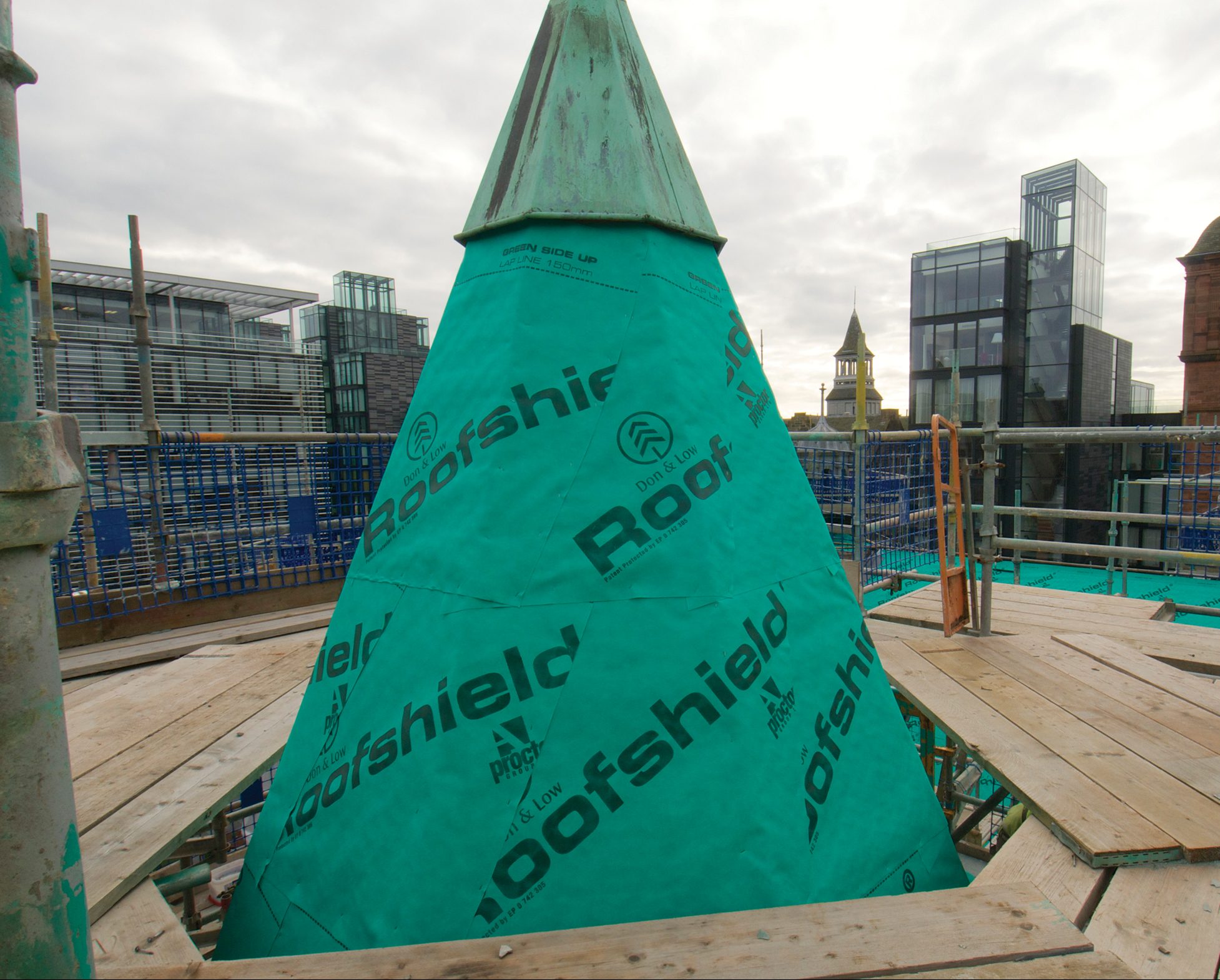
NHBC guidance states that independently certified air and vapour permeable underlays can be used without additional ridge ventilation in cold roofs.
The Partners in Innovation study, an independent research project carried out between 2001 and 2004, found that when a roof was unventilated and used an air and vapour permeable underlay – this would reduce the formation of condensation. This contributed to the NHBC stating that independently certified air and vapour permeable underlays, like Roofshield, could be used without additional ridge ventilation in cold roofs.
IMPROVED THERMAL AND MOISTURE PERFORMANCE OF PITCHED ROOFS
The need for high performance breather membranes really came about from the combination of cold-pitched roof construction and increasing thermal performance requirements. This fuelled the tendency to place additional insulation above the ceiling joists, leading to an increased risk of condensation in the roof space. In an effort to combat this problem, the industry developed a series of breathable membranes designed to go over the rafters as roof underlay and allow the vapour to escape.
The majority of these membranes were vapour permeable, but air tight, rather like a Gore-Tex jacket. While water resistant, they did not completely prevent condensation within the roof space, meaning additional ventilation had to be introduced in order to allow air to circulate.
In response to the challenge, the A. Proctor Group developed Roofshield, a high quality, pitched roof underlay, which is both air and vapour permeable.
NOT ALL ROOFING UNDERLAYS ARE THE SAME
Generally, two types of solutions have been presented to specifiers:
- Vapour permeable, but airtight solutions
- A vapour and air permeable version, eliminating the need for additional ventilation
Iain Fairnington, the Technical Director of A. Proctor Group explains, “Roofing underlays come in all manner of different colours, however it’s what you can’t see that does most of the work – the middle layer. This middle layer can be likened to the same robustness as normal kitchen cling film, and needs the protection of the sandwich construction to make this suitable and fit for purpose in a pitched roof.
In a traditional UK cold pitched roof construction, the large cold void above the horizontal insulation needs the quick release of vapour laden air that is reaching its dew point and potentially causing damaging condensation.”
That’s why Proctor suggests you use a vapour permeable underlay like Roofshield.


